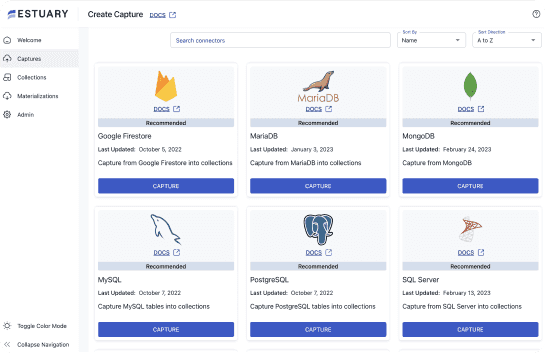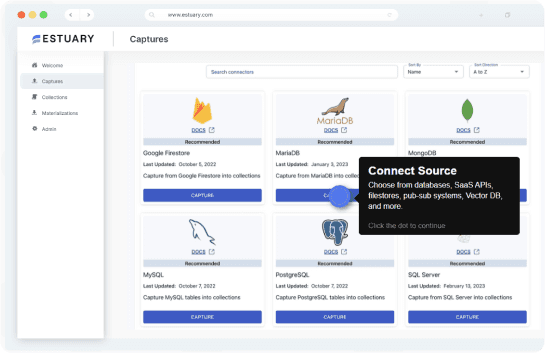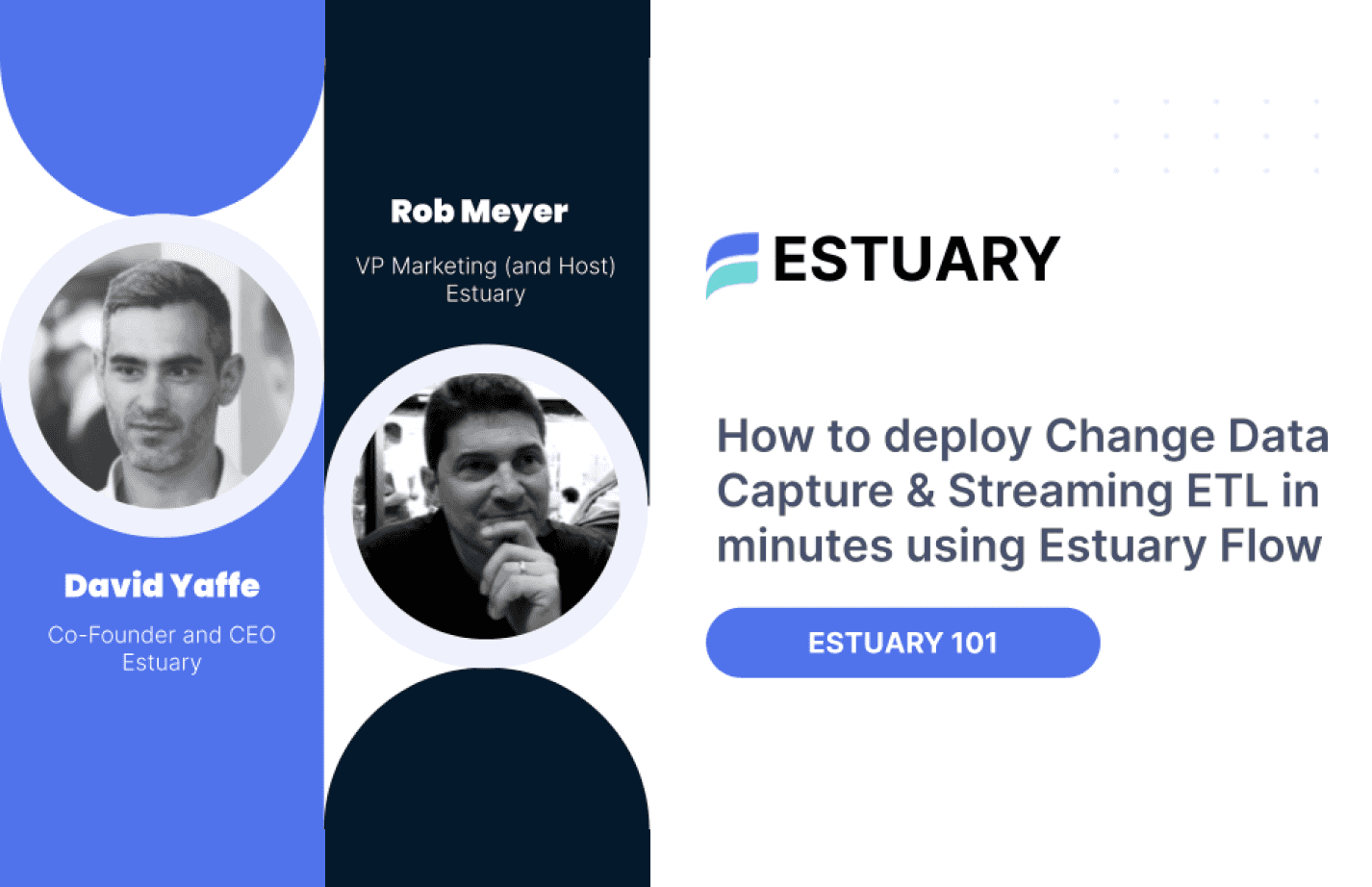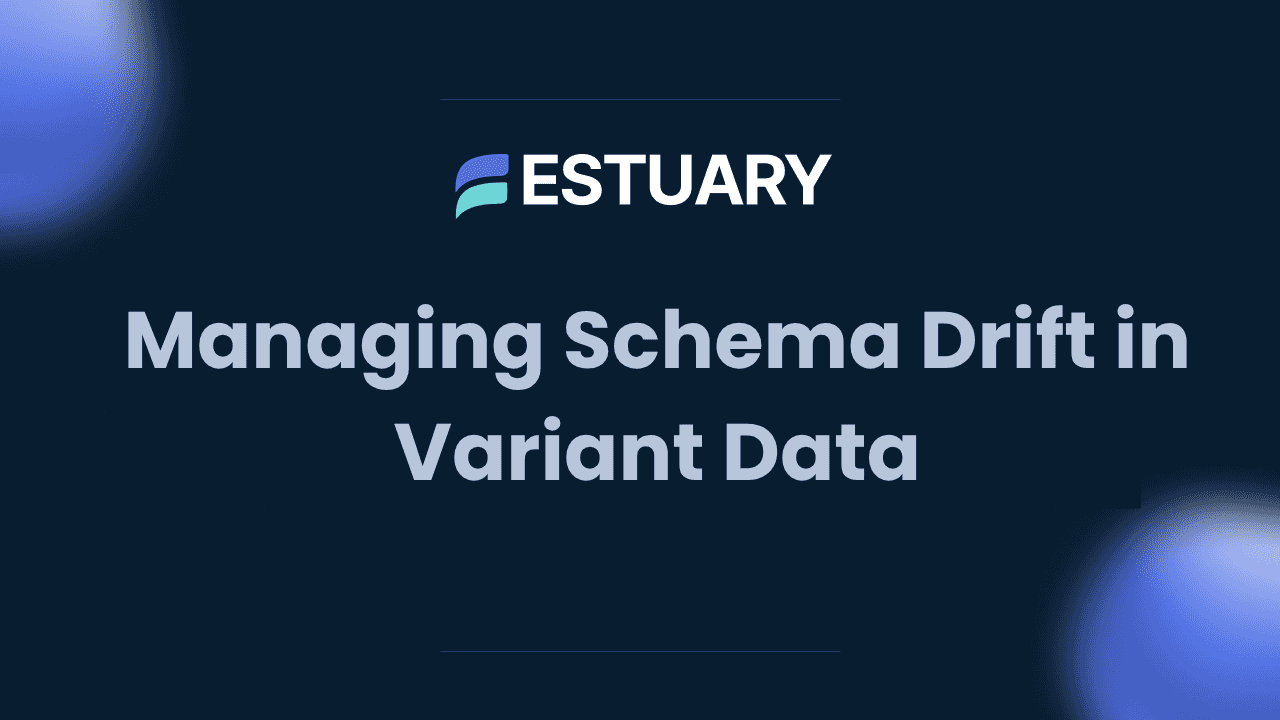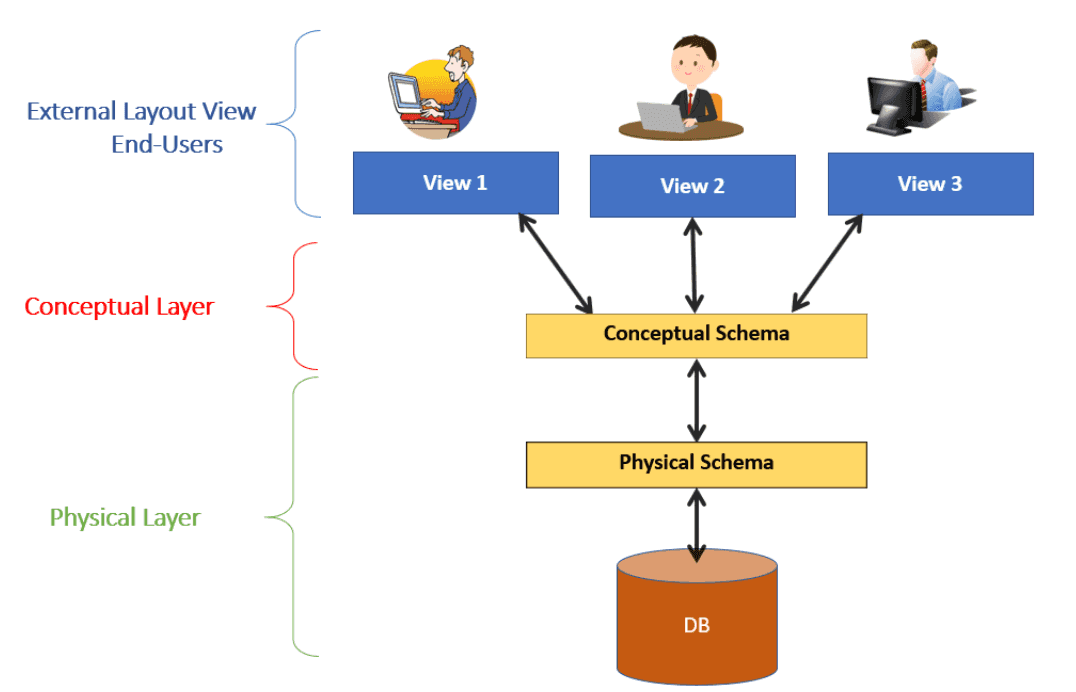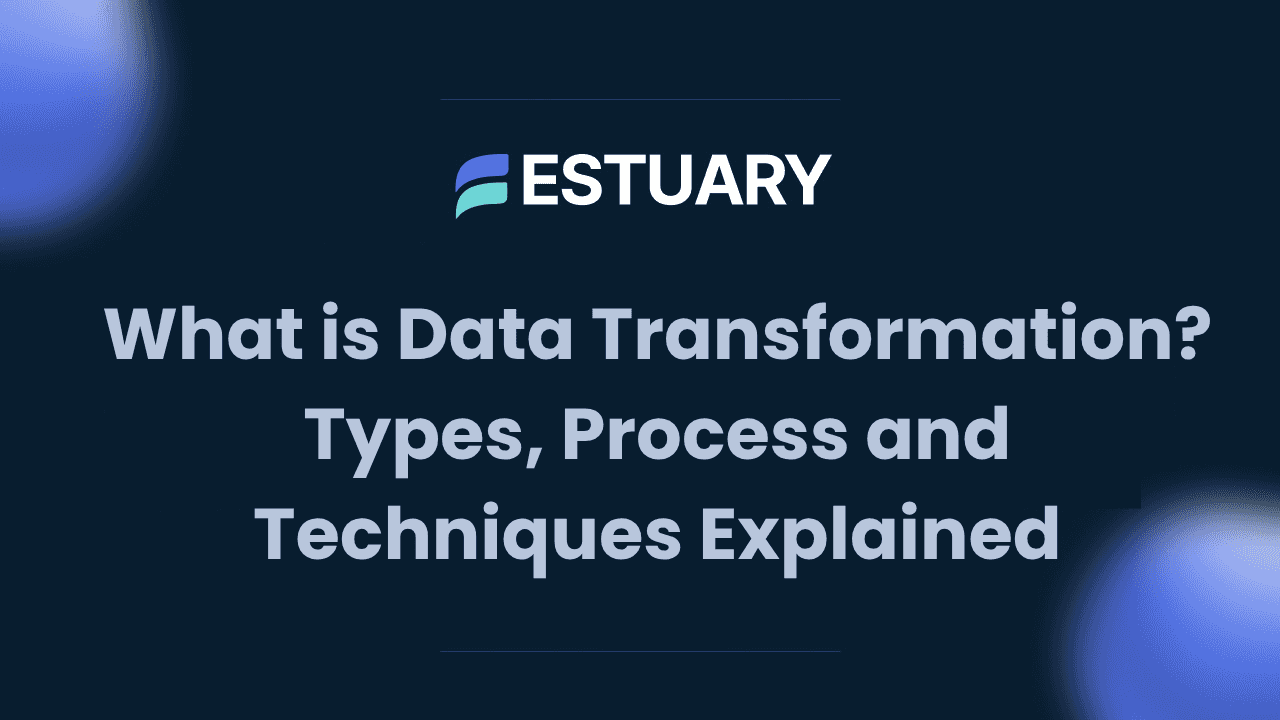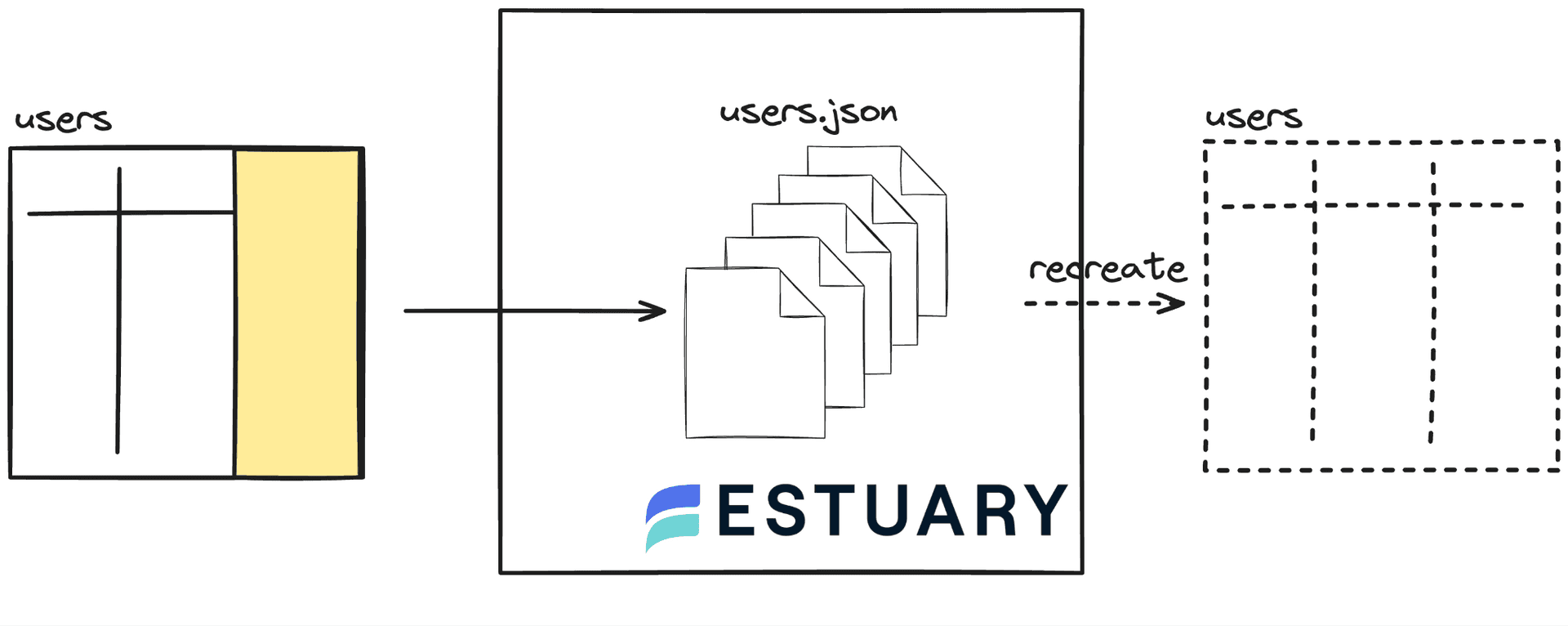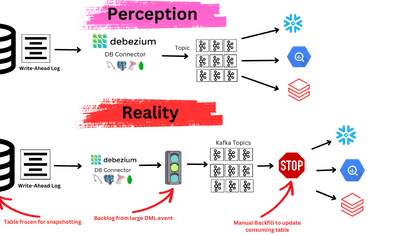
Introduction
Data rarely stays the same. As systems evolve, so do the structures of the data they produce. New fields appear, existing fields change types, and nested structures become more complex. This phenomenon—known as schema drift—is especially common in environments where data comes from semi-structured sources like JSON APIs, event logs, or NoSQL databases.
Left unchecked, schema drift can silently break pipelines, corrupt downstream analytics, or introduce subtle bugs. This is particularly painful in systems that assume a fixed schema or enforce strict validation without room for evolution.
In this guide, we'll explore practical strategies to detect, manage, and mitigate schema drift in pipelines that deal with variant or evolving data. Whether you're working in batch or real-time, relational or streaming architectures, these steps will help you build pipelines that tolerate change without sacrificing data quality.
Why Schema Drift Is a Challenge
Schema drift introduces ambiguity into systems that depend on structure. When upstream sources evolve without notice, downstream consumers—like transformation logic, analytics models, or BI dashboards—may fail in unexpected ways.
Here’s why it’s a real problem:
- Breakage in transformation layers: SQL models or dbt projects that assume fixed fields will error out when types change or fields disappear.
- Silent data loss or misinterpretation: Changes in field names or types can lead to incorrect aggregations, null values, or dropped records.
- Schema mismatch at the destination: Warehouses like BigQuery or Snowflake enforce column types. Incoming variant data that no longer conforms can cause rejected inserts.
- Operational overhead: Detecting and reconciling schema differences across environments requires manual effort, testing, and coordination.
In batch pipelines, schema drift often leads to jobs that fail overnight. In streaming systems, the failures happen in real time—sometimes without immediate visibility—making the issue even more critical to address proactively.
Types of Schema Drift
Schema drift takes many forms, but most fall into a few common categories:
- Additive Changes: New fields appear in the source data. For example, a marketing API starts including a campaign_type field that didn’t exist before.
- Field Removals: Existing fields are dropped. This often breaks transformations or materializations that expect those fields to be present.
- Type Changes: A field that was previously an integer becomes a string, or a nested object becomes an array. Type mismatches are one of the most common and dangerous forms of drift.
- Structural Changes: The shape of the data changes — e.g., a flat list becomes a deeply nested object, or vice versa.
- Field Renaming: A field like user_id is renamed to customer_id, often without backward compatibility or aliasing.
Each of these can break assumptions baked into downstream systems. Without controls in place, the result is fragile pipelines and unreliable outputs.
General Strategies for Handling Schema Drift
To build pipelines that tolerate change, engineers use a mix of architectural and validation techniques. Here are some of the most effective approaches:
- Schema-on-Read vs. Schema-on-Write
Schema-on-read (common in data lakes and columnar formats) allows more flexibility by interpreting schema only at query time. Schema-on-write systems (like traditional databases) require upfront schema enforcement but can provide stronger guarantees. - Loose Schemas with Optional Fields
Define schemas that allow for optional or unknown fields using constructs like additionalProperties or nullable types. This lets pipelines accept new fields without breaking. - Versioned Schemas
Track schema versions alongside data, either explicitly (as a field) or implicitly (via pipeline metadata). This allows for conditional parsing and backward compatibility. - Schema Registries and Contracts
Use a centralized schema registry (e.g., Avro, Protobuf, JSON Schema) to define and validate schemas across teams. Registries enforce compatibility rules and provide visibility into schema evolution. - Automated Drift Detection and Alerts
Implement monitoring that flags schema changes in production data. This can be based on sampling, log inspection, or comparing inferred schemas over time. - Downstream Contract Enforcement
Ensure transformations (e.g., dbt models, SQL views) are explicitly typed and fail fast when expectations are not met. Treat contracts as code.
These strategies aren’t mutually exclusive. Combining flexible ingestion with strict downstream validation gives you the best of both worlds: resilience and control.
Step-by-Step: Building Drift-Tolerant Pipelines
Handling schema drift isn’t just about reacting when things break. It’s about designing systems that anticipate change. Here’s a practical framework:
Step 1: Capture with Loose Schemas
Use permissive schemas or schema inference when ingesting data from sources like APIs, Kafka, or NoSQL systems. Accept optional or unknown fields where appropriate, and avoid strict typing too early.
Step 2: Inspect and Profile Schema Evolution
Run automated profiling jobs to observe field-level changes over time. Compare snapshots of the inferred schema to detect drift. Some teams log schema hashes or use diffs between JSON Schemas.
Step 3: Apply Validation at Logical Boundaries
Enforce strict schemas at key validation points—typically before materialization or transformation. This acts as a contract between upstream ingestion and downstream consumers.
Step 4: Manage Versions Explicitly
Tag datasets or records with a schema version. When a change is incompatible, publish to a new versioned collection or topic. This prevents breaking consumers who expect the old format.
Step 5: Test for Compatibility Before Promotion
Introduce schema changes in staging environments and validate compatibility with downstream systems like dbt, dashboards, or machine learning models before promoting them to production.
By separating ingestion from enforcement and tracking schema changes systematically, you create pipelines that are robust to evolution, not brittle to it.
How Estuary Flow Helps
Estuary Flow offers native support for evolving schemas in streaming pipelines without sacrificing validation or consistency. While it doesn’t use the term “schema drift” directly, it addresses the core problem through a combination of schema inference, dual schema design, and automatic enforcement.
Key Features:
- Write vs. Read Schemas
Flow allows you to separate a write schema (used during ingestion) from a read schema (used during transformation or materialization). This means you can capture data with a loose schema and apply strict validation later—ideal for unknown or changing inputs like webhooks or NoSQL databases. - Continuous Schema Inference
For systems like MongoDB or Kafka, Flow automatically infers and updates schemas as new data arrives. You can inspect these inferred schemas and selectively adopt changes via version control. - Schema Enforcement with JSON Schema
All collections in Flow are backed by JSON Schema, allowing deep type constraints, pattern validations, and custom merge logic. These schemas are validated every time a document is written or read, catching inconsistencies before they propagate downstream. - Backwards-Compatible Design
Estuary doesn’t drop pipelines when schema changes occur. Instead, it gives you control over when and how to adopt changes, making it safer to evolve your data architecture incrementally.
Example: MongoDB Capture
When capturing from a variant source like MongoDB, Flow uses a permissive schema (writeSchema) to ensure data ingestion isn’t blocked. You can then define a stricter readSchema once you understand the data structure, ensuring consistency in downstream destinations like BigQuery or Snowflake.
Conclusion
Schema drift is an inevitable part of working with real-world data. Whether you're integrating with fast-moving APIs, capturing events from loosely typed systems, or evolving internal services, your pipelines need to adapt without breaking.
The key is to separate flexibility from enforcement:
- Be permissive at ingestion,
- Be strict at transformation,
- And always monitor for changes.
With the right architectural choices and tooling, schema drift doesn’t have to be a source of instability — it can become a controlled and observable part of your data workflow.
FAQs
What’s the difference between schema drift and schema evolution?
How do I detect schema drift in real-time pipelines?
Can tools like dbt, Kafka, or Estuary Flow help with schema drift?

About the author
Team Estuary is a group of engineers, product experts, and data strategists building the future of real-time and batch data integration. We write to share technical insights, industry trends, and practical guides.

